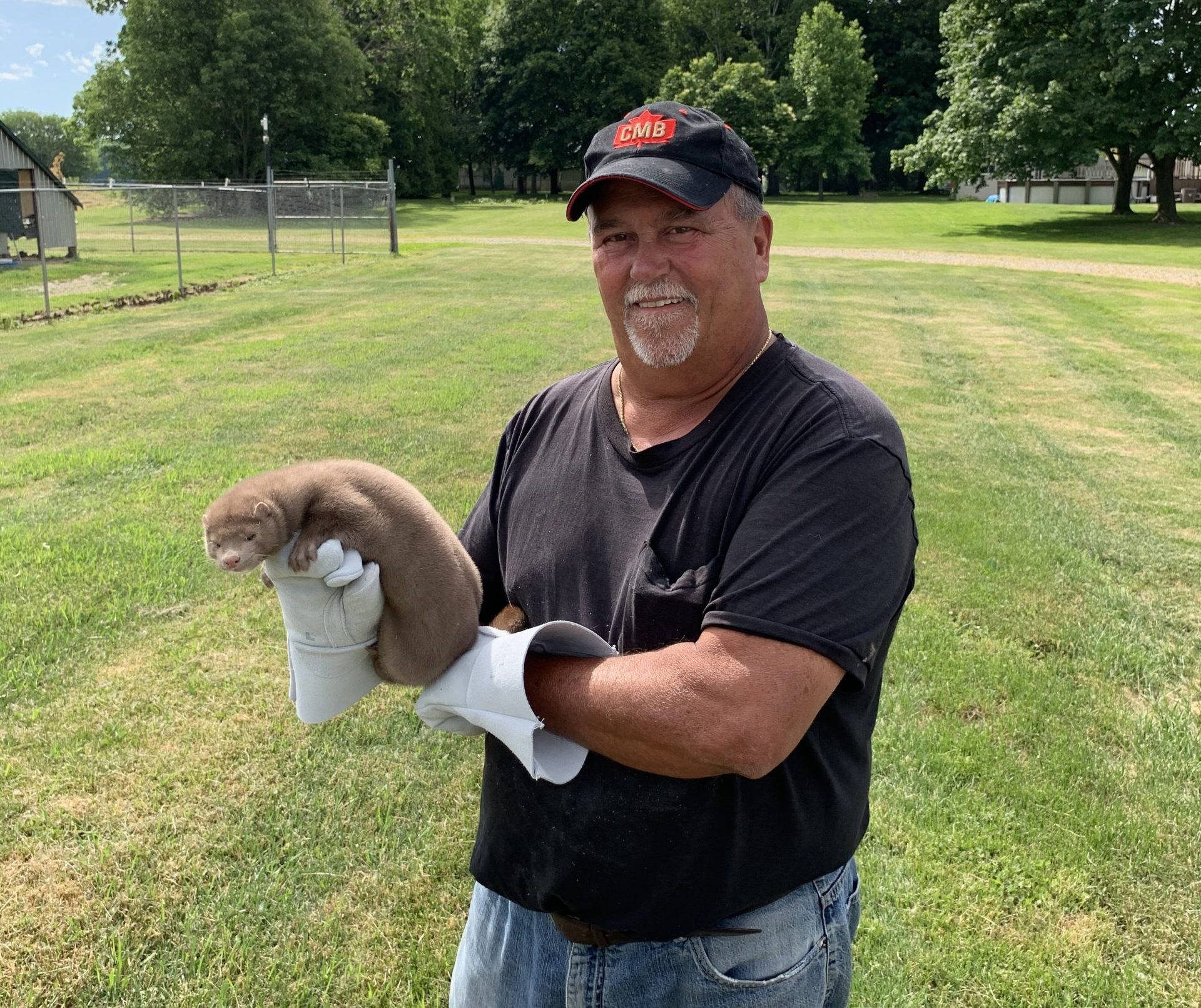Fur farming
When humans raise animals, they have a responsibility to provide for their welfare and prevent unnecessary suffering.
Fur Facts
Global Fur Farming
Fur farming is a global practice, with different regions focusing on specific species. In North America, mink, foxes and chinchillas are raised on farms, but mink are by far the most important in term of numbers. While providing animals with humane care is an ethical obligation for all livestock farmers, it also makes good business sense since the healthiest animals produce the finest furs.
Respect the code
There is a strong incentive to respect these codes because there is no other way to produce high quality fur; farmers who do not care for their animals will not remain in business very long.
Humane euthanasia
Farmers are responsible for their animals’ care from birth to death. Mink are generally euthanized with bottled carbon monoxide gas. When harvest time comes around, a mobile unit is brought to the cages to eliminate stress that might be caused by transporting them long distances (loading, unloading and transporting animals is generally much more stressful for them than the actual slaughtering operation.)
This mobile unit includes a specially designed airtight container which has been prefilled with gas. The animals are placed inside and immediately rendered unconscious, and die quickly and humanely.

The role of fur farming in the agricultural chain
Farmed mink are fed with leftovers from abattoirs, fish plants and other food-processing — they ”recycle” wastes that would otherwise go to landfills. In addition to fur, farmed mink provide fine oils for skin care and waterproofing leather, organic fertilizers and other products. Everything is used.
